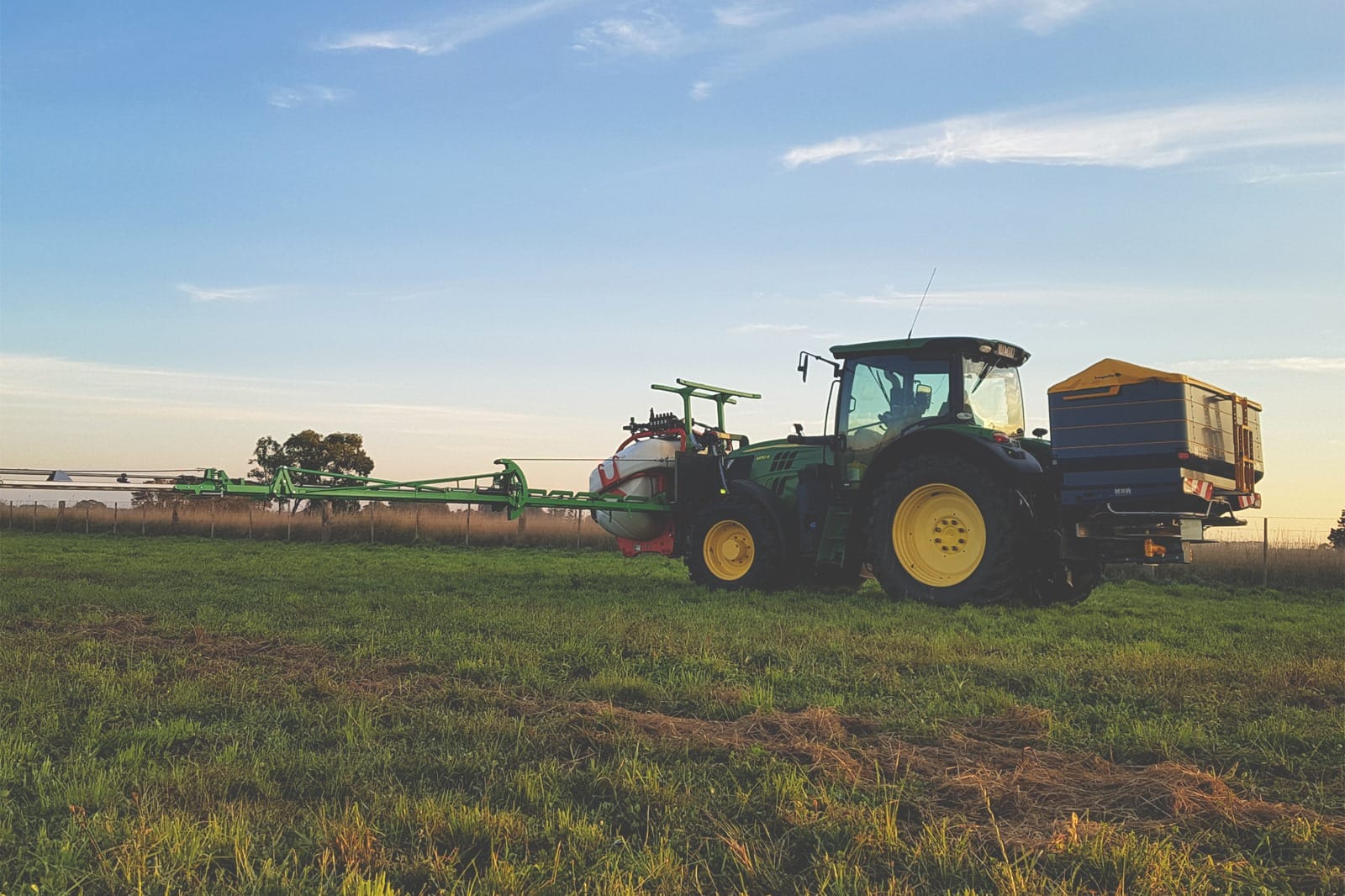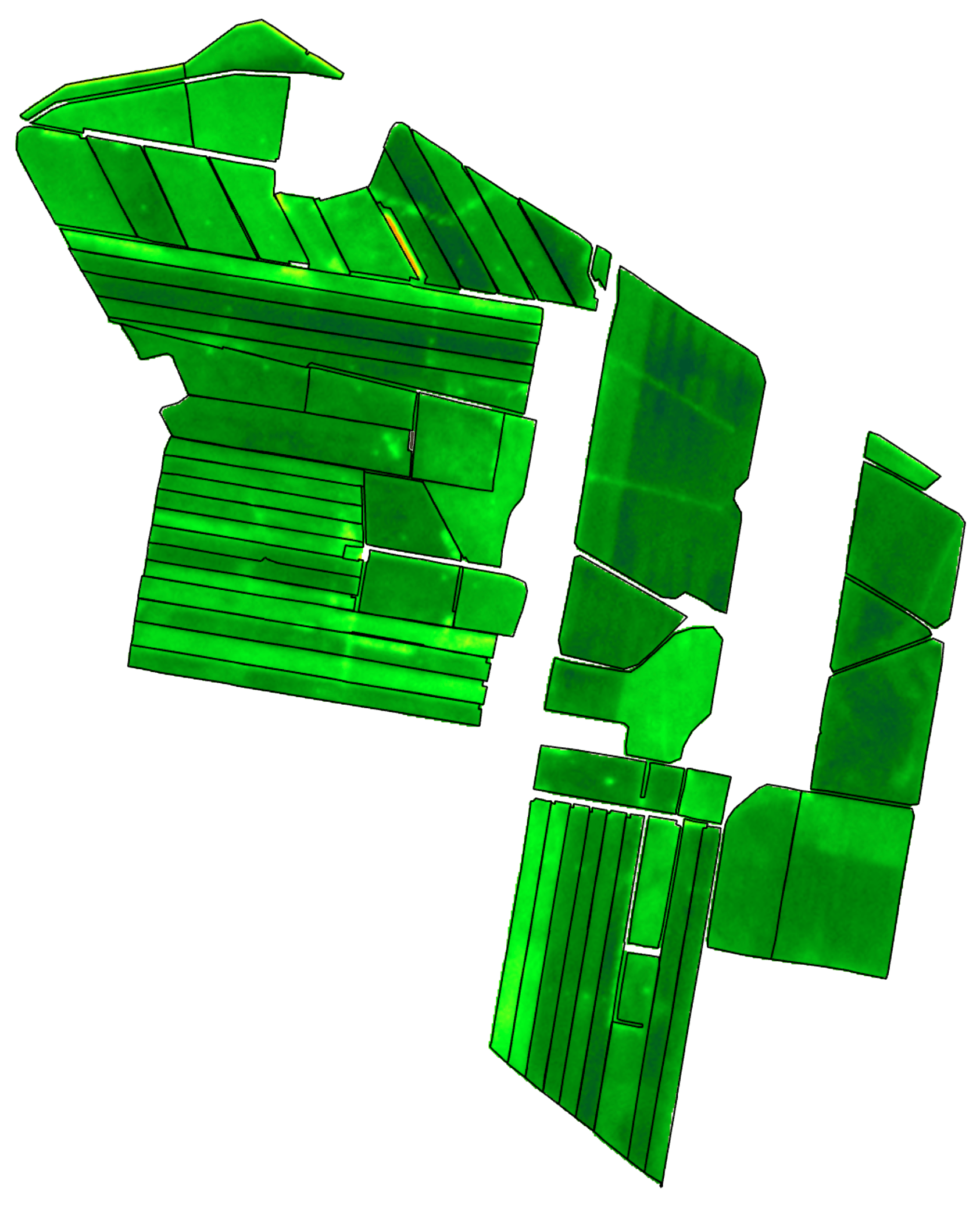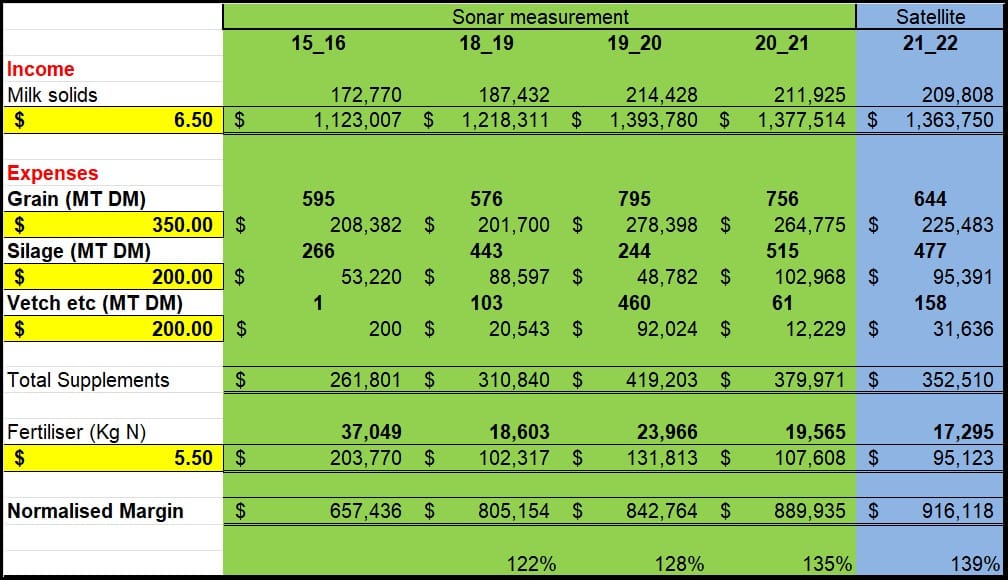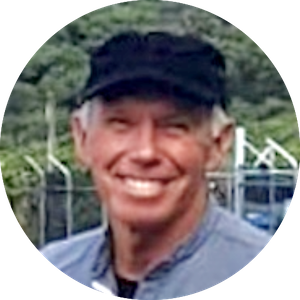Stewart Spilsbury (Farm Consultant)
Stewart Spilsbury consults to dairy farmers in the MacAlister Irrigation District in Victoria, Australia.

Tractor setup with Stewart's ONESystem technology for spreading Gibb-Urea.

ENDVI satellite image, which is one of the many indices used in Stewart's accounts.

SAVI satellite image, which is one of the many indices used in Stewart's accounts.
Can you provide insight into who you are?
First I’d like to say that I am not a farmer, but a consultant who cares strongly about guiding highly profitable decisions that go hand in hand with positive environmental outcomes. You can’t have one without the other.
You can often find me working in the MacAlister Irrigation District (MID) area in East Gippsland, Victoria, Australia.
I also own and operate a state-of-the-art fertiliser procurement and application business in addition to a business in which I provide outsourced pastoral management services.
Because of the complementary nature of my companies, I decided to combine forces and founded what is now known as GIBB-Urea.
What drives you and your pursuits?
My farming philosophy revolves around the following:
Consuming all of the grass you grow is most important (most farmers only consume 60–65% of what they grow), and once you have a system for that, more grass will drive more profit.
Growing more pasture by fertilising or renovating pastures is not the solution for dairy farming; it is more important to consume all of the grass you grow.
The system I use to help maximise pasture consumption is based on the NZ golf ball grazing concept and modified for Australian use.
I have followed Pasture.io now for a number of years and have started working with them in guiding on what is needed to drive profitable farming systems.

Case study demonstrating sound management and consulting practices at Tackens (dairy farm) while utilising Pasture.io
How has Pasture.io helped you and your businesses?
What I am happy to say about Pasture.io is their customer service is excellent, and their software saves me significant time.
Having for over a decade measured pasture biomass weekly (in excess of 20,000 paddocks per annum) with a quad bike/sonar setup, and before that a quad bike/Cdax setup, I now only have to measure the paddocks that have been grazed weekly.
In winter, this means an 80% reduction, and in summer, a 66% reduction in the number of paddocks measured.
In addition, the provision of variable rate application (VRA) data is another bonus, as previously I had to gather this once per annum using the quad bike using a very intensive measurement grid.
Can you share your achievements with a Case Study?
For my support in Pasture.io, I am proud to share some data from one of the farms (Tackens) we switched to satellite-backed pasture measurements and VRA.
I am responsible for improving both production and profit across multiple farms. Tackens is one of the farms that I manage grazing and pasture allocation/planning utilising measured spatial data.
It’s imperative that the service works and improves the resilience of my clients operations. One number to look at is margin over all feed (MOAF) to understand the performance of the business.
The Tackens farm has significantly improved “normalised” MOAF by 135% since we started in 2015_2016 using sonar-based measurements and continued an improvement with the switch from sonar to Satellite last year. Whilst challenging, the switch has continued to see further improvements in normalised MOAF.
A positive result by any standard.

Case study demonstrating sound management and consulting practices at Tackens (dairy farm) while utilising Pasture.io
I’ll let the results speak for themselves here, as we anticipate hitting our final targets this year (on irrigated pastures) of a stocking rate of 4.0 animals per hectare and a MS target of close to 2000 MS/Ha.
